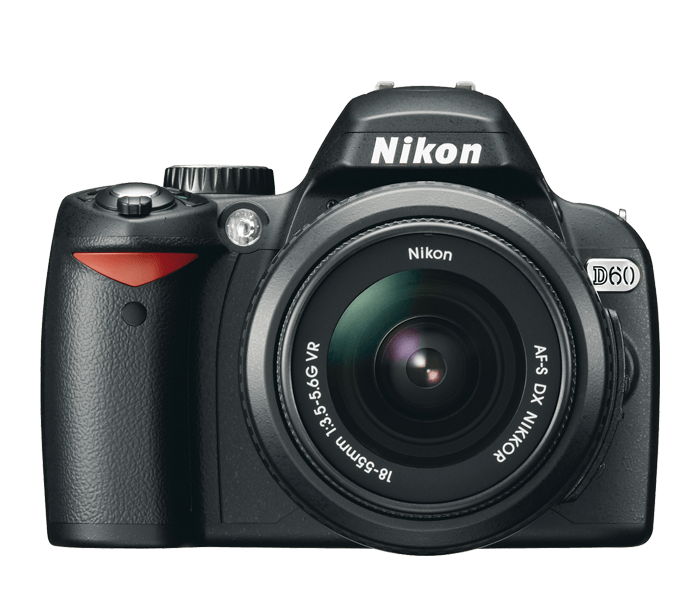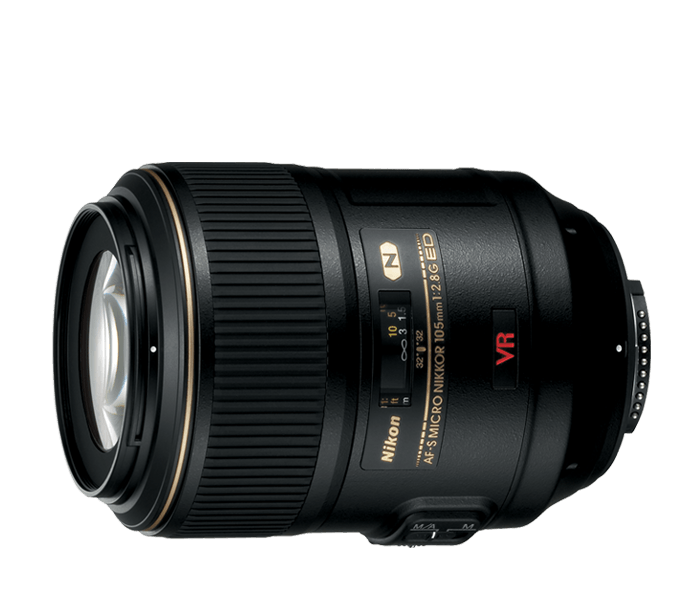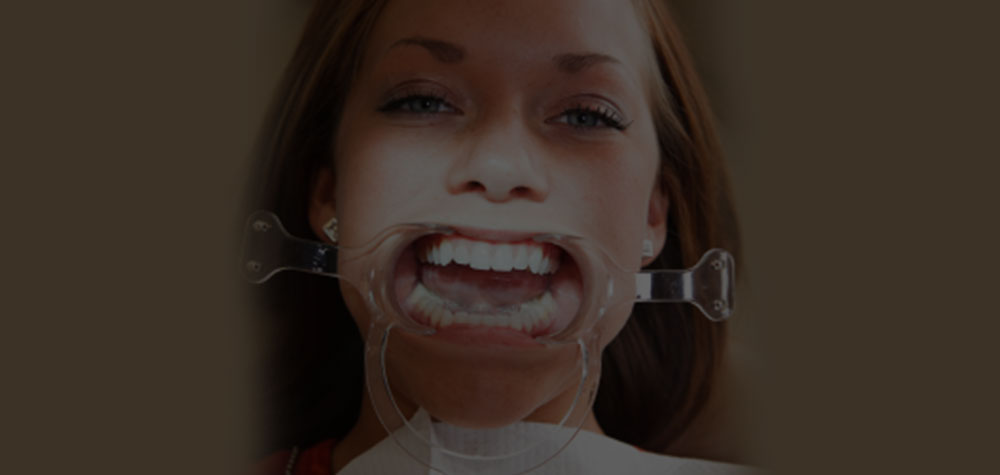Taking photo shots for dental procedures should be a routine practice, and that would be for several reasons such as presentation or routine documentation. With advances in digital cameras prices starts to drop making it more feasible to get a professional Digital camera. To generate a high quality pictures you need to have a digital single lens reflection (DSLR) Camera, and avoid those pocket size Point-And-Shoot cameras as their result is not that of a high resolution and they have some limitations.
There are many DSLR Camera brands in the market but for simplicity, and for the purpose of this topic I am posting my Camera set up.
1. Camera

NIKON D60
I use Nikon D60, a light weight and easy to use camera, but you can use a higher models that have advance technology and some more features such as HD video recording or a better and bigger LCD .. etc
2. Lens

AF-S VR Micro-Nikkor 105mm f/2.8G IF-ED
I recommend (AF-S VR Micro-NIKKOR 105mm f/2.8G IF-ED), as philosophy states: buy a normal camera but buy an excellent lens. But if you are on a tight budget you can buy Sigma lens (105mm F2.8 EX DG Macro)
3. Ring flash

SIGMA EM-140 DG Macro Flash
Sigma Macro Ring Flash (EM-140 DG Macro Flash)
For dental purposes (Frontal, lateral, and occlusal ..etc) I recommend the following settings:
- Mode : A (Aperture Priority)
- F: Something between (25 – 32)
- Shutter: is calculated by the camera as ring flash is attached and it is 1/60
Of course, you need to have a mirror, cheek retractors and contraster (optional). Before you start taking your shots you need to get familiar with your camera through quick reading of the camera’s manual, then start to take shots to experience the settings and try to standardize your shots in term of settings, positions and distance from your patient which will help you to generate a high quality standardized pictures.
In previous topic, I have posted the setting of ACCD, and you might find some differences but let your experience and production decide which to go with.
Some Hints:
- Use the lowest ISO Speed the camera can go to
- Use Auto white balance, or set it to predefined one.
- Always make sure you have your camera electricity cable with you
- Always make sure you have a back-up battery for your Ring Flash
- Before shooting, make sure the settings are the way you want them.
- If you are using the camera for other than dental purposes, make sure the right lens is always attached prior to shooting in the dental clinic.
- If you plan to edit your photos in your computer, make sure you shoot in RAW+jpeg format
Below are some web links that might help you to understand the ABC of photography:
- http://www.digital-cameras-help.com/basic-photography-tips.html
- http://www.bmpt1.com/
- http://www.digitalphotographybasics.com/the-ultimate-newbie-guide-to-digital-photography/
Kindly use the comment service to share your Camera setup.
- Stay updated! .. follow us on Twitter @SaudiDent
- Get Socialized! .. Like us on Facebook




I am an orthodontist and need a new camera. I use the camera mostly for intraoral photographs of teeth.
I like the ECCO Wireless Intraoral Camera with 2 MP (http://usdentaldepot.com/Dental-supplies-catalog/Intraoral-Cameras/Wireless-Camera-2-Mp-ECCO%28-%29P106944)
What do you think of 2 megapixel? It’s enough or I need more resolution?
Thanks
Hello Jorge,
The higher resolution the better, but the more expensive. I suggest trying before buying 🙂
Thank you for visiting.
dear doctor. I use an intraoral camera of 1 mp for several months with good results. working with such small details do not need a higher resolution. I think the 2 MP camera ECCO seems more than enough.rodrigo perez villa
I am an orthodontist and need a new camera. I use the camera mostly for intraoral photographs of teeth.
I like the ECCO Wireless Intraoral Camera with 2 MP (http://usdentaldepot.com/Dental-supplies-catalog/Intraoral-Cameras/Wireless-Camera-2-Mp-ECCO%28-%29P106944)
What do you think of 2 megapixel? It’s enough or I need more resolution?
Thanks
Hello Jorge,
The higher resolution the better, but the more expensive. I suggest trying before buying 🙂
Thank you for visiting.
dear doctor. I use an intraoral camera of 1 mp for several months with good results. working with such small details do not need a higher resolution. I think the 2 MP camera ECCO seems more than enough.rodrigo perez villa
Thanks for the wonderful share.
Our pleasure 🙂
Thanks for the wonderful share.
Our pleasure 🙂
At least, dental experts are now using certain
equipment that innovate their field of profession.
At least, dental experts are now using certain
equipment that innovate their field of profession.
Good evening..
I have Nikon D7000 with R1 and Nikkor 105 micro lens… and I have aquestion plz
I want to study the marginal leakage under composite fillings on extracted teeth… what settings I have to do it to get very clear pictres?
thanks in advance
Hi Lolia,
Thank you for visiting us, I believe you can use the same setting, you may just need to play a little with F. So, if you want to have a nice focus on some area while the rest is blur, then use F 13 or less.
Try this, and let us know what you think.
Regard.
Good evening..
I have Nikon D7000 with R1 and Nikkor 105 micro lens… and I have aquestion plz
I want to study the marginal leakage under composite fillings on extracted teeth… what settings I have to do it to get very clear pictres?
thanks in advance
Hi Lolia,
Thank you for visiting us, I believe you can use the same setting, you may just need to play a little with F. So, if you want to have a nice focus on some area while the rest is blur, then use F 13 or less.
Try this, and let us know what you think.
Regard.
Nice topic & relly helpful. Thanks alot